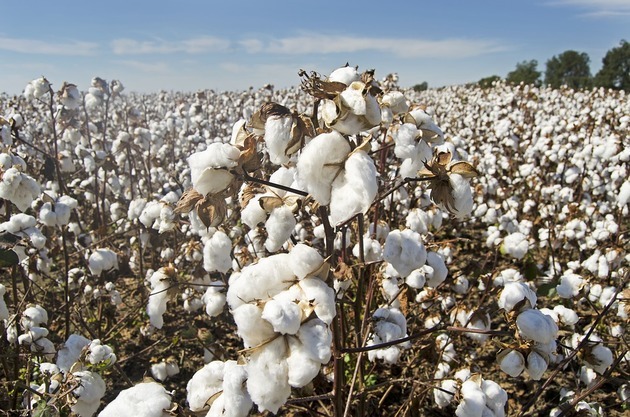State-sponsored use of slave labor to pick cotton was once a factor that turned Uzbekistan into a pariah on the international stage. The country once pressganged a million or more citizens into picking the crop, Eurasianet writes.
Now, the use of forced labor in the harvest has fallen to record low levels. That, at least, is the finding of a mission fielded by the International Labor Organization to document forced labor in Uzbekistan’s harvest last fall. “The eradication of forced labor accelerated in 2021 to the point where only 1 percent of cotton pickers experienced or perceived coercion,” Jonas Astrup, the ILO’s representative in Uzbekistan, told an online presentation of preliminary findings on March 1.
That was a drop on the previous year, when the ILO classified 4 percent as victims. Its definition covers perceptions of, as well as actual, threats or negative consequences from refusing to pick cotton. This was the fifth year running that ILO monitors, drawn from Uzbekistani civil society, detected a fall in forced labor. Cases have dropped from 13 percent of pickers in 2017, when Shavkat Mirziyoyev, the president, pledged to root it out. Forced labor has fallen as state-controlled wages for pickers have risen and penalties for coercion have been toughened. “There’s still lots of work to do, but Uzbek cotton is now free of systematic forced labor and systematic child labor,” Astrup said.
Separate results from the Uzbek Forum for Human Rights, a Berlin-based non-profit group that fields independent monitors, found no “systemic or government-imposed forced labor” in 2021, for the first time since it began monitoring the harvest 11 years ago. “Uzbekistan has demonstrated that it is able to harvest cotton almost entirely without coercion,” findings shared with Eurasianet said. Nevertheless, “the picture remains complex and risky,” cautioned Umida Niyazova, the group’s head. Tashkent will hold up these results to support its calls to end an international boycott of cotton from Uzbekistan, in place for over a decade.
A total of 331 international brands have signed a pledge coordinated by the Cotton Campaign, a coalition of rights groups, “to not knowingly source Uzbek cotton” over forced labor concerns. The coalition plans to make a statement on the status of the boycott soon. “This is a significant moment in our campaign and our statement will reflect the complexity of the situation as well as the progress,” Niyazova said.
Cotton Campaign representatives have indicated they may be prepared to shift on the issue, if a mechanism for responsible sourcing can be established. The Cotton Campaign’s roadmap for lifting the boycott includes conditions beyond ending systemic forced labor, such as “structural reforms […] to eliminate incentives to use forced labor and reduce the role of state officials and law enforcement in cotton production.”
In 2020 Mirziyoyev abolished cotton quotas that farmers were obliged to deliver on pain of loss of their land, which incentivized local officials to pressgang people into the fields to meet centrally imposed demands. Tashkent has now handed cotton production to privately-run “clusters” that combine growing and processing of the crop.
A recent report of a local official threatening farmers wishing to create a cooperative instead of joining a cluster highlighted concerns raised by activists that farmers may have escaped the state monopoly but still lack autonomy and are vulnerable to pressure from bureaucrats. The Cotton Campaign says freedom for farmers to join independent organizations and trade unions in a country where civil society operates under intense pressure are other crucial elements for lifting the boycott.






